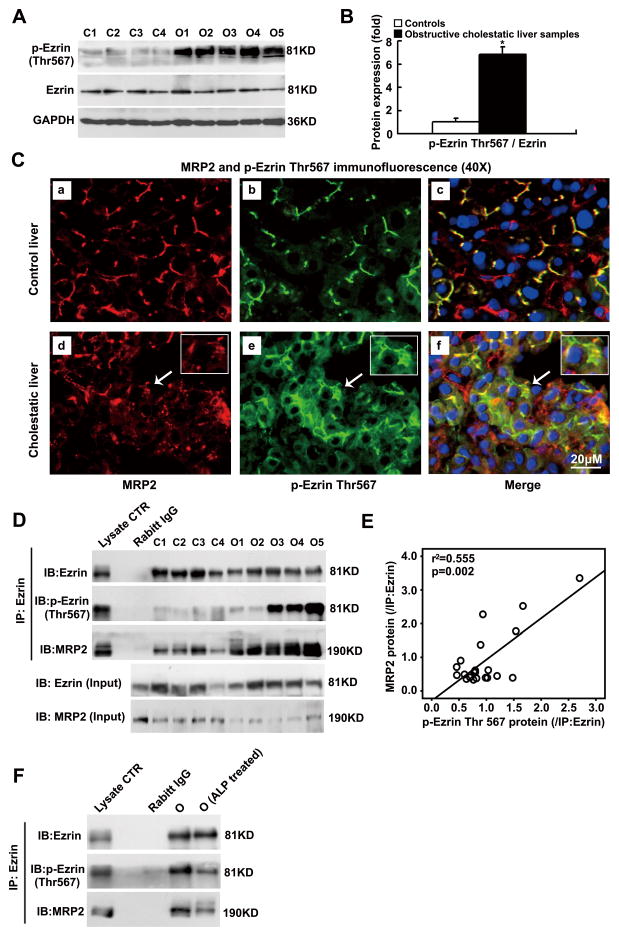Figure 3. Phospho-Ezrin (p-Ezrin) Thr567 interacted with MRP2 in human obstructive cholestatic livers.
Western blot detection of Ezrin Thr567 phosphorylation (A) and their corresponding densitometry analysis (B) (fold of control group, n=23 for control group, n=30 for obstructive cholestatic group, *p< 0.01 to the control group). (C) Enhanced intracellular labeling of MRP2 (Red) and Ezrin Thr567 phosphorylation (Green) were detected in the cholestatic hepatocytes. a–c, the control liver; d–f, the obstructive cholestatic liver. Nuclei were stained using DAPI (blue). (D) Western blot analysis of Ezrin Thr567 phosphorylation and its interaction with MRP2 using immunoprecipitation. (E) The amount of co-immunoprecipitated MRP2 protein was positively correlated to the amount of Ezrin Thr567 phosphorylation in the obstructive cholestatic livers (r2=0.555, p=0.002, n=21). (F) Alkaline phosphatase (ALP) treatment reduced of Ezrin Thr567 phosphorylation and its association with MRP2 protein in cholestatic liver homogenates. C1-C4, controls; O1-O5, obstructive cholestasis liver samples. DAPI, 40, 6-diamidino-2-phenylindole.

